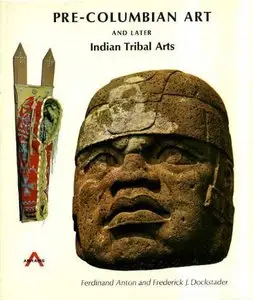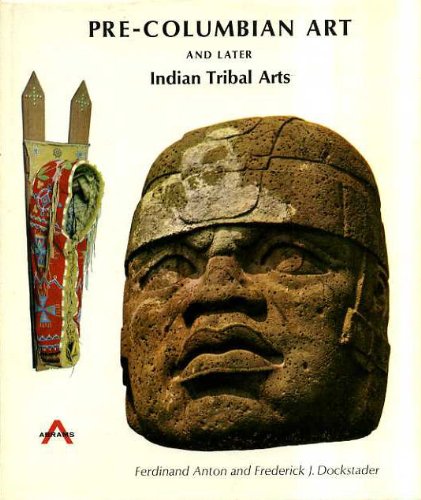"Pre-Columbian Art and Later Indian Tribal Arts" by Ferdinand Anton, Frederick J. Dockstader
PDF | 1968 | 272 pages | ISBN: 0810980002 | English | 35 MB
PDF | 1968 | 272 pages | ISBN: 0810980002 | English | 35 MB
With the wealth of illustrations, this book is a fresh experience of the arts of ancient and Pre-Columbian America and of the Indian peoples since the coming of the white man. Almost every aspect of aboriginal art in the Western Hemisphere is present: from the remote Arctic, the vast expanses of the North American continent, the fabled civilizations of Middle America, to the still baffling cultures of the Andes. Rarely has the attempt been made to join the arts of the highly developed civilizations of Central and South America with those of tribal cultures of the North, as a kind of continuum of Indian art, and never has it been accomplished so handsomely. Dr. Ferdinand Anton, noted archaeologist and photographer, discusses the extraordinary sophistication of the vanished Pre-Columbian civilizations. He tells of the men who built great cities and mighty temples, and made objects in an astonishing variety of mediums.
Splendid works of stone, clay, gold, silver, jade, alabaster, obsidian are eloquent testimony to creativity and inventiveness that at least equal the more traditional styles and sources of world art. The later Indian tribal arts are discussed by Dr. Frederick J. Dockstader, director of the Museum of the American Indian, New York. He illustrates and comments upon such indigenous art as the delicate ivory carvings of the Eskimo, totemic art of the Kwakiuti, the weird wooden masks of the Iroquois, the intricate basketwork of the Hopi, the textiles and pottery of Central America, and the feather ornaments of Brazil. Wherever relevant, these are linked with their Pre-Columbian origins. Taken together, the two surveys provide an unrivaled summary of some 3,000 years of prehistoric and primitive art in the Western Hemisphere. 277 plates, 148 of which are in full color, 5 maps, and 4 chronological tables are included.



